Matsumoto Folk Craft Museum – Handcrafted Artifacts from Everyday Life

I spent my Saturday morning exploring the Matsumoto Folk Craft Museum, a little gem that lies just outside of the central Matsumoto. The museum has on display thousands of traditional hand crafted, everyday things ranging from pickling crocks, smoking pipes and old toys to kimono, trinket boxes, furniture and old store signs from years ago. Many of the items are from Japan, including Nagano, but there are also several artifacts from around the world, as well, such as Korea, Mexico, Southeast Asia, and Africa. According to the staff, certain parts of the collection are changed up four times a year to offer exhibitions with different themes.
I have to be honest, I wasn’t expecting to be impressed because the information online about the museum lacked any particularly enticing photos or detailed descriptions. But upon arriving at the museum, I knew I was going to enjoy it. The folkcrafts are housed inside of one of Matsumoto’s characteristic Edo-period warehouses with “namako-style” black and white earthen walls adorned with geometric crisscross patterns. Before reaching the main building, you pass through a small, forest-like Japanese garden.
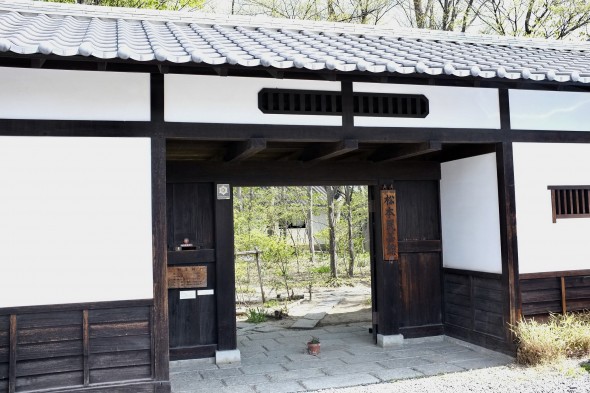
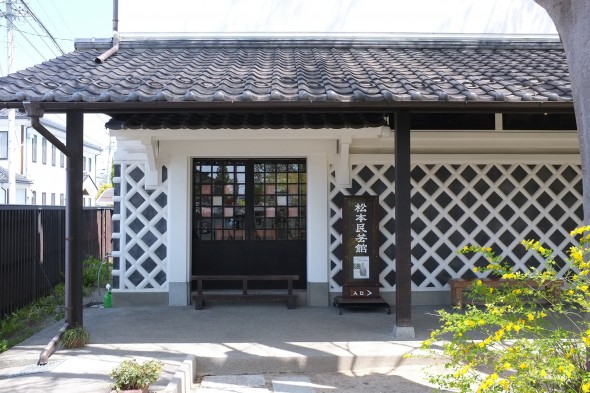
Once inside, I was pleasantly surprised that it felt more like a cozy Japanese grandma’s house filled with antiques than a museum. The museum is not large so if you simply walk through without taking time to examine all the artifacts, you can probably be done within 30 minutes.
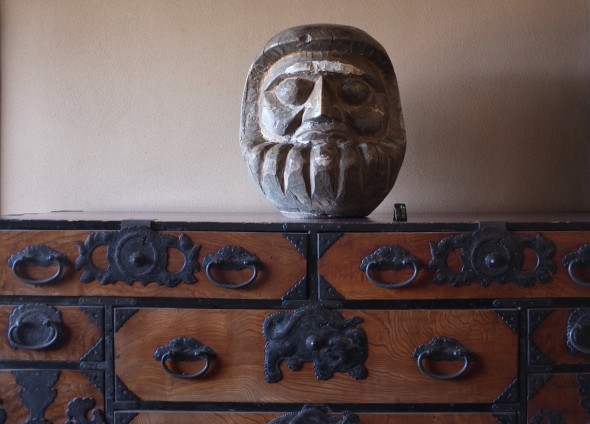
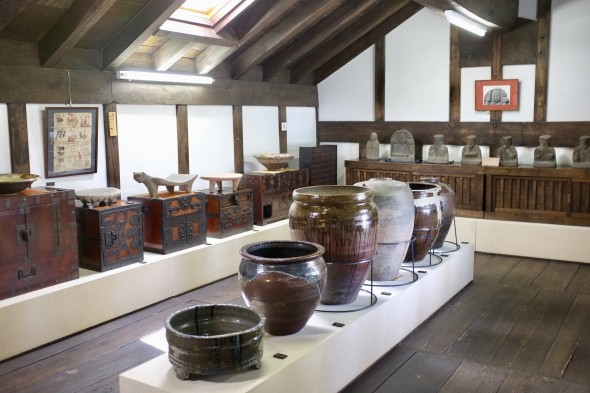
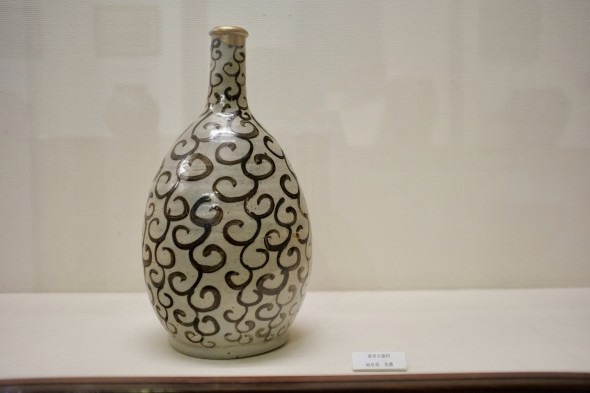
However, I was instantly captivated by the simple beauty of the museum’s handicrafts and spent nearly two hours examining and photographing their intricacies. The designs, patterns and colors of the crafts are inspiring and some even breathtaking such as the kimono from the indigenous Ainu people of Hokkaido. I loved seeing the collection of wooden combs from around the world, the Edo-period shop signs and the colorful glazes of the pickling crocks. What’s great is that a lot of the things on display are right out in the open rather than behind glass walls so you can get extra close, looking in every nook and cranny of the piece.
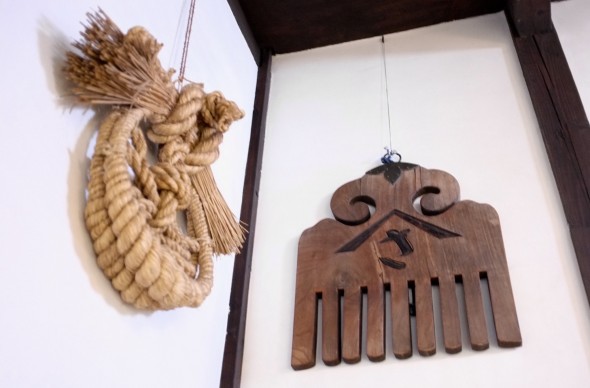
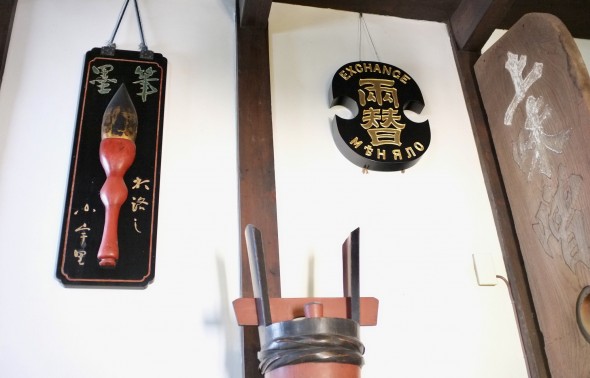
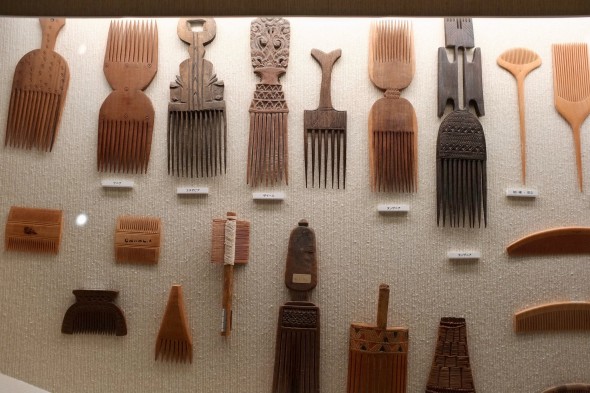
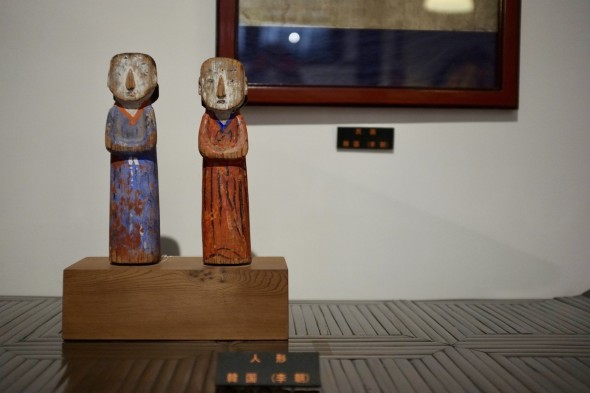
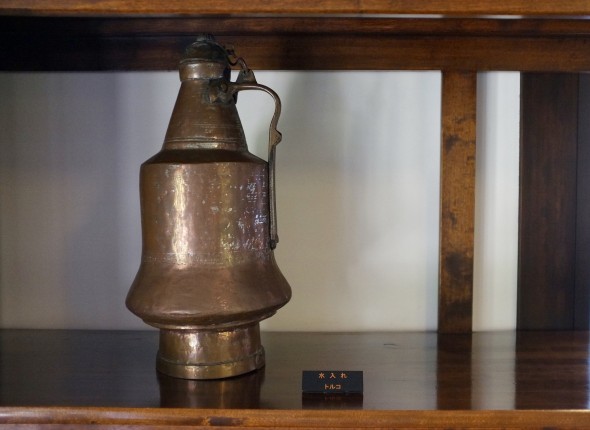
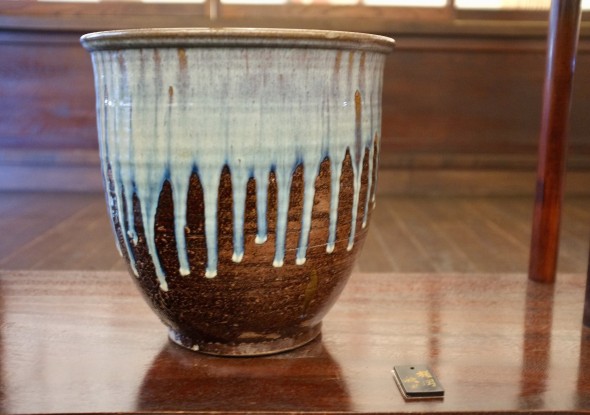
Part of the museum features crafts made by the founder of the museum himself, the late Taro Maruyama. Maruyama owned a folkcraft shop in Matsumoto where he also made his own goods. I found his wooden crafts glazed or lacquered in red and patterned with eggshell (!) designs particularly striking. I can’t imagine how much patience it must have taken to produce these patterns with eggshells!
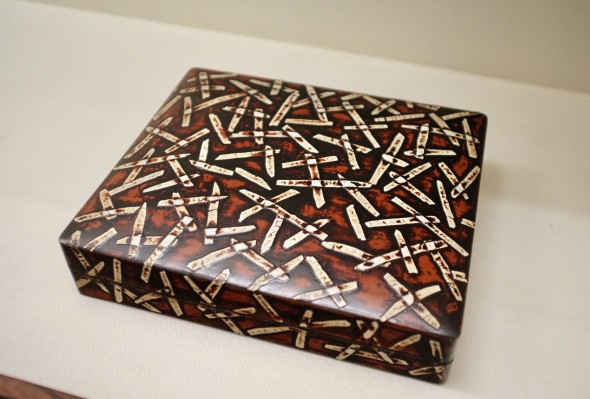
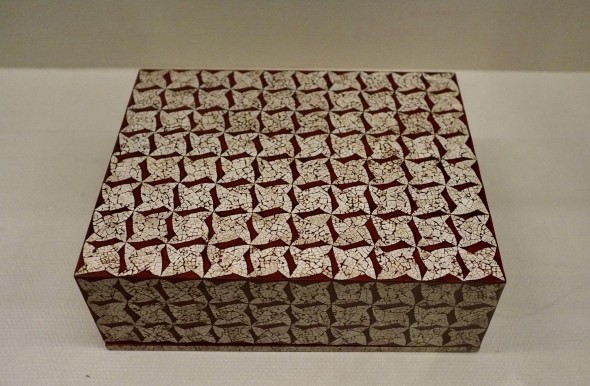
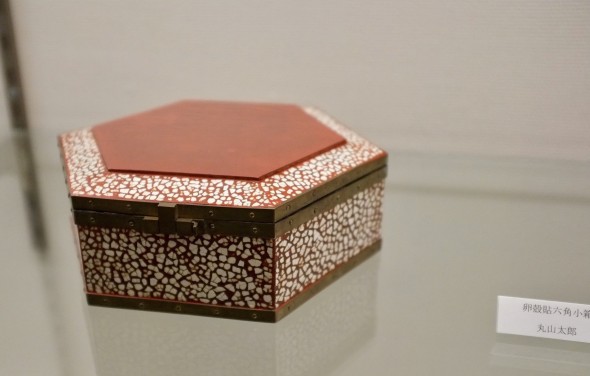
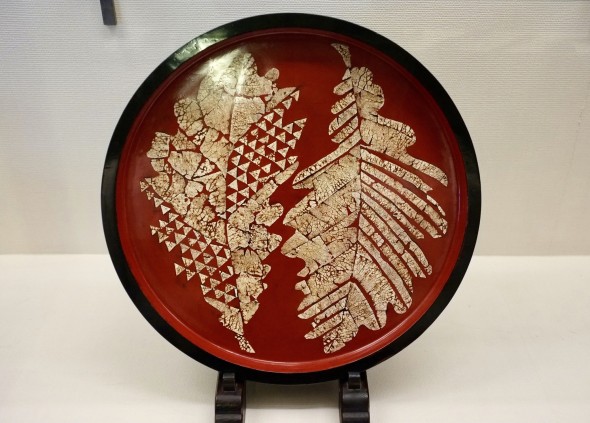
One interesting thing about the Matsumoto Folkcraft Museum is that almost none of the items have a written description apart from where it came from and what the item was. Maruyama’s philosophy was that it was enough for the crafts to simply be “beautiful” — rather than burden it with an explanation of when, where and how something was used. Indeed, I did find it refreshing to enjoy the handicrafts for what they were, without feeling obligated to read lengthy descriptions, imagining for myself who may have used them and what life must have been like back then.
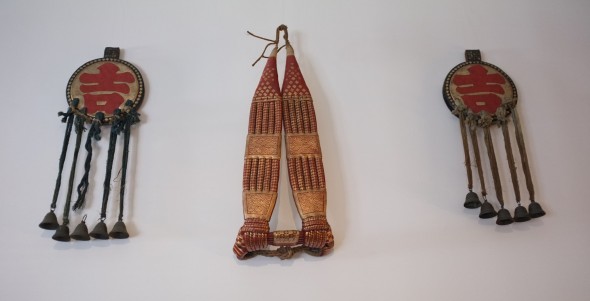
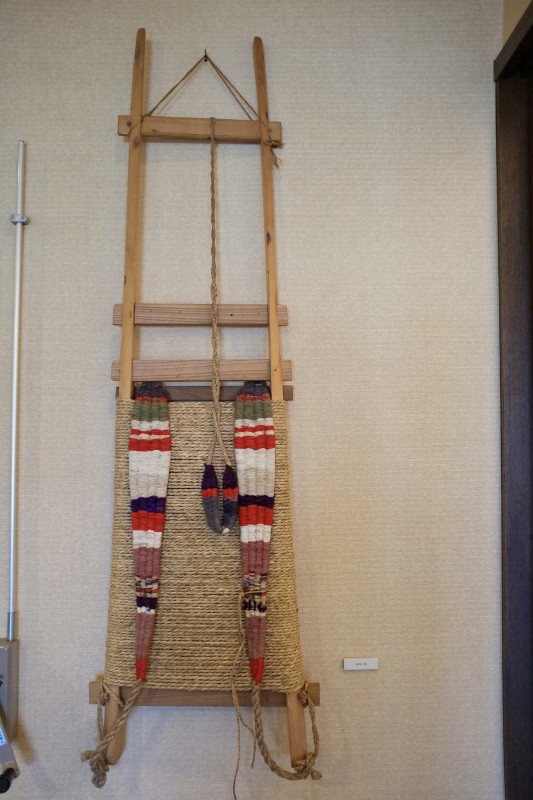
When you reach the last room, there is a tatami mat area set up like a room in a traditional Japanese house where you can sit and enjoy the atmosphere of the building.
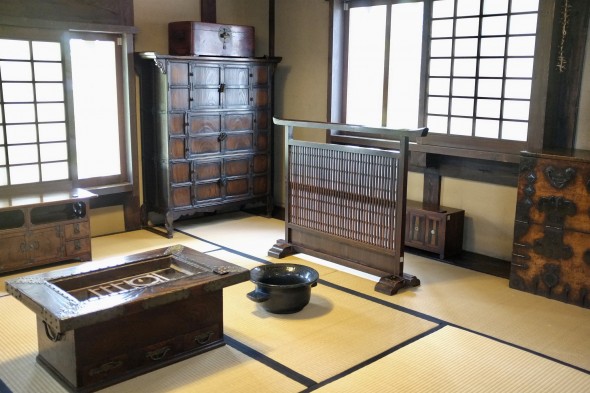
Though the Matsumoto Craft Museum is a little bit out of the way from other popular places, if you have the time, I highly recommend checking it out. There may not be any samurai or imperial artifacts, but this museum gives you a peek of the ordinary lives from the past and the amazing things traditional craftsmen can accomplish with just their hands.
Take the Utsukushigahara Onsen bus (#30) from Matsumoto Station bus terminal (there is also a bus stop by Matsumoto Castle) and get off at the “Matsumoto Mingei-kan (Matsumoto Folkcraft Museum)” stop. You can also walk there from the station in about 45 minutes or from the castle in about 30 minutes (or even better, rent a bicycle!). See Google Map.
Open 9:00 a.m. to 5:00 p.m. (last admission at 4:30) and closed on Mondays.
To learn more about the history of the museum, check out this article here.